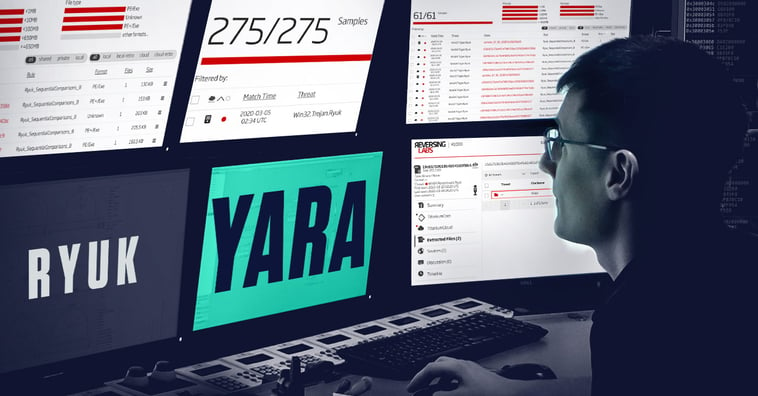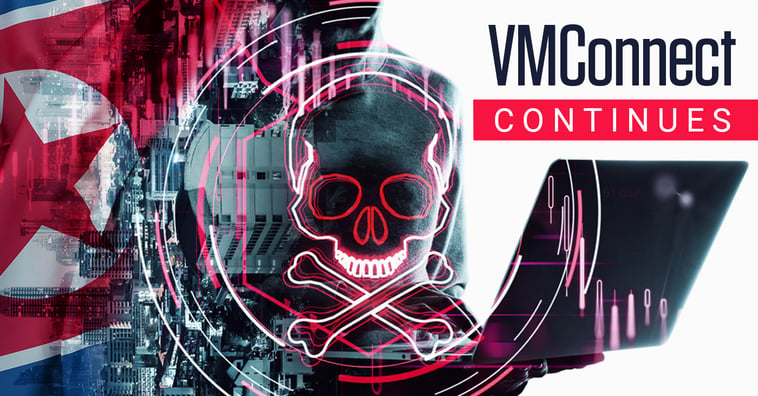Threat Research
Threat Research

Unpacking the Kwampirs RAT
Learn moreResource

Threat actor — Any individual, group, or organization that initiates, conducts, or supports malicious activities to exploit vulnerabilities in an organization. Threat actors employ various tools, techniques, and procedures to compromise systems, steal sensitive data, or disrupt operations.
Enhancing cybersecurity preparedness: By understanding threat actors' methods to breach systems and compromise sensitive data, organizations can better strengthen their defenses. Cybercriminals constantly adopt new attack techniques, and comprehending their strategies allows organizations to stay ahead of the evolving threat landscape and keep security teams ready to respond effectively and efficiently. This minimizes the potential impact of cyberattacks and safeguards sensitive data.
Proactive risk mitigation: Understanding threat actors enables organizations to categorize them based on motives and objectives, facilitating targeted risk assessment and prioritization. For instance, cybercriminals seeking financial gain are likely the greatest threat to organizations that handle sensitive customer data, while nation-state actors are more relevant to those in defense or critical-infrastructure sectors. Organizations can efficiently allocate resources to tackle the most imminent threats by determining the risk level of each threat actor type. This focused strategy allows for implementing specific security measures against the tactics of the most likely threat actors, optimizing the effectiveness of risk-mitigation efforts.
Safeguarding sensitive data: Recognizing the varied capabilities of threat actors, ranging from simple spear phishing attacks to advanced persistent threats (APTs), is crucial for data protection. Organizations can tailor their security measures once they are aware of these diverse tactics. For example, if insider threats are a concern, stringent access controls and monitoring can be established. Likewise, understanding external threat tactics such as those of ransomware operators can inform the creation of robust backup and disaster-recovery procedures. Understanding threat actors also helps in devising incident-response plans. Should a data breach occur, discerning likely actions can expedite containment, scope identification, and service restoration.
Hackers and cybercriminals: These malicious actors leverage their technical expertise to exploit vulnerabilities and gain unauthorized access to systems for financial gain or other malicious purposes.
Insiders: Employees and third parties with legitimate access to an organization's systems may intentionally or inadvertently cause significant harm by leaking sensitive information or facilitating cyberattacks.
Nation-state actors: Nation-states may engage in cyber-espionage or launch cyberattacks to achieve strategic objectives, such as stealing intellectual property or disrupting critical infrastructure.
Hacktivists: Hacktivists are motivated by ideological or social causes and target organizations to raise awareness or promote their beliefs through cyberattacks.
Tailoring cybersecurity strategies: Insights into threat actors and their motives empower organizations to adapt their cybersecurity strategies to the most probable attacks. By recognizing that different threat actors employ different methods, organizations can pinpoint vulnerabilities and implement specific countermeasures. For instance, if financial gain is a known motive, financial data protection and payment systems should be a priority. Alternatively, if state-sponsored threats are likely, in industries such as defense and critical infrastructure, emphasis can shift to fortifying network security against APTs. Such tailored approaches ensure optimal use of resources, preparing organizations to counter the most pertinent threats.
Efficient resource allocation: Organizations can optimize how they allocate cybersecurity resources by understanding the threat actors most relevant to their operations. Because cybersecurity demands significant investment, informed decisions are crucial. For example, if insider threats pose a notable risk due to business nature and employee data access, resources might be directed toward rigorous access controls, employee training, and monitoring. Conversely, if an organization is apt to be targeted by nation-state cyber-espionage, it may prioritize its budget toward enhanced threat intelligence and advanced detection systems.
Regulatory compliance: Adherence to cybersecurity regulations is necessary to avoid financial penalties, reputational damage, and legal liabilities. A deep understanding of threat actors and their tactics enables organizations to effectively align their cybersecurity measures with regulations. By recognizing and proactively countering attacks, organizations can meet specific requirements such as employing robust access controls, encryption, incident-response plans, and security assessments.
Threat intelligence gathering: Collecting and analyzing threat intelligence from various sources helps identify emerging threats and potential threat actors.
Behavioral analysis: Understanding the behavior patterns and techniques used by threat actors aids in identifying their presence and predicting their next moves.
Attribution techniques: Advanced attribution techniques help link cyberattacks to specific threat actors or groups, aiding in legal actions and retaliation.
APTs: APTs are extremely stealthy, aimed at highly specific targets, and often backed by nation-states. They are designed for long-term infiltration to extract sensitive data or conduct espionage. Insights into APTs equip organizations to deploy advanced detection tools such as behavior-based analytics, anomaly detection, and threat intelligence, identifying persistent threats and suspicious activities.
Phishing attacks: Organizations can facilitate regular cybersecurity training by comprehending the motivations and strategies of threat actors that use phishing to deceive individuals into revealing sensitive details. This equips employees to discern suspicious emails, links, or attachments and helps them understand the importance of verifying email senders and refraining from hasty actions such as clicking on dubious links. A well-informed and vigilant workforce acts as a front-line defense, aiding security teams in swiftly addressing potential threats and reducing the risk of breaches or other incidents.
Ransomware incidents: Ransomware, a malicious software, encrypts victims' data, which is then held for ransom. Insight into ransomware actors' tactics underscores the importance of proactive measures such as offline data backups, restricted access privileges, and advanced anti-malware tools. Awareness of ransomware techniques further aids organizations in pinpointing system vulnerabilities and reinforcing security through updates and robust controls. Moreover, such knowledge equips organizations with the foresight for successful negotiations or alternative recovery methods, enhancing preparedness and informed decision making during incidents.
For further insights into threat actors, explore the following articles:


